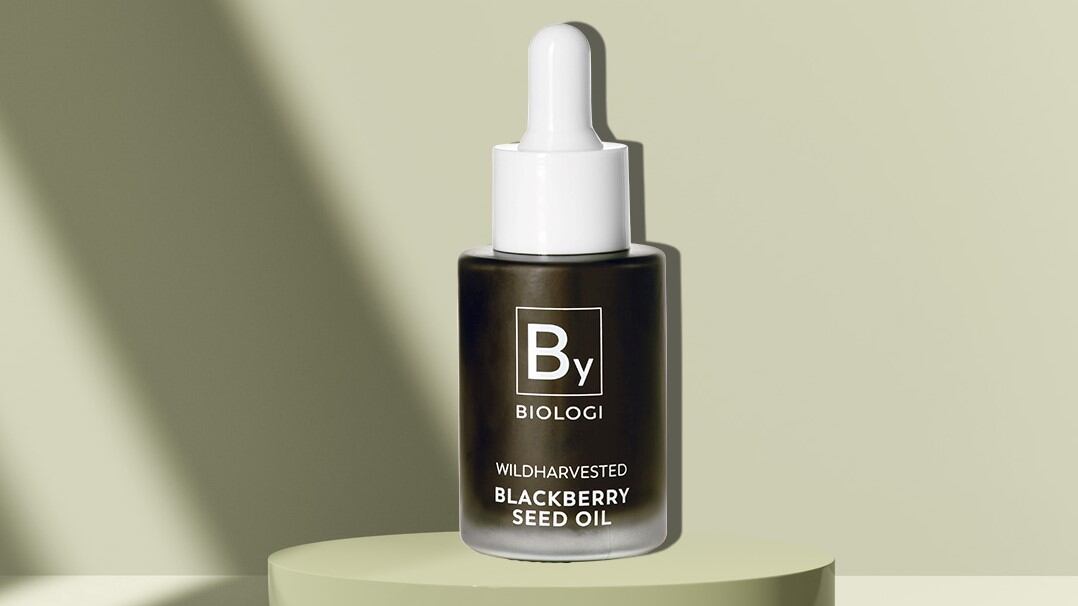Vitamins A, E, B3, B5, B6, and C and their derivatives are used for their antioxidant and anti-ageing properties in cosmetics.
In order to update the role of vitamins as inducers of ACD, by looking at their clinical manifestations and possible cross‐reactivity, the research team recently published a new review.
They analysed more than 100 studies and found that ACD caused by synthetic forms of vitamins in cosmetics is ‘an underestimated issue’.
This is because “many vitamins are considered ‘natural’ and therefore ‘safe’ ingredients.
“On the contrary, according to current literature, almost all vitamins contained in topical products are able to induce allergic reactions, with the exception of vitamin B2 and vitamin B9.”
They also found that lipid‐soluble vitamins are more prone to cause ACD when used in cosmetics or moisturisers
Meanwhile, water‐soluble vitamins are more likely to induce immediate type reactions like urticaria or anaphylaxis.
“Unlike hydro soluble vitamins (B1–B9, B12, and C), which are more likely to induce immediate‐type reactions, ACD is more frequently induced by fat soluble vitamins (A, D, E, and K),” they confirmed.
However, they added that cases did not appear to be frequent, or at least not frequently reported.
Patch problems
This could be due to difficulties in testing, they added.
“Even if ACD to vitamins is not frequent, the etiologic diagnosis is mandatory to establish correct prevention measures, and in this setting patch testing is the gold standard.
“Nevertheless, diagnosis is not always easy due to the absence of standardization in patch testing, as also in other in vivo methods.”
They also cautioned that ACD from vitamins is an issue for dermatologists, because those found in cosmetics may induce systemic reactions when vitamins are also orally administered “in apparently innocent multivitamin dietary supplements.”
“It has been estimated that more than 90,000 dietary supplement products containing vitamins and minerals are available on the USA market. Nowadays, almost 52% of the adult USA population regularly take vitamins and multivitamins, whereas in Europe and Latin America vitamin intake is less common and the lowest percentage (13%–17%) is registered in France, Italy, and Spain probably due to the more balanced diet.”
They summarised that “from the careful review of literature and considering the fragmentation of collected data, mainly based on single case reports extrapolated from literature, it is evident that the ACD to vitamins are induced by synthetic forms of vitamins, whose formulations allow their use as topical products.”
Source: Health Science Reports
Allergic contact dermatitis from vitamins: A systematic review
doi: 10.1002/hsr2.766
Authors: Caterina Foti, et al





